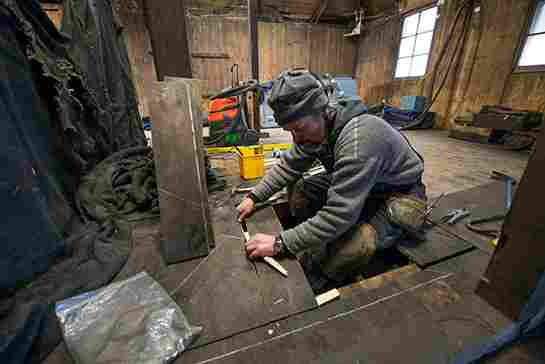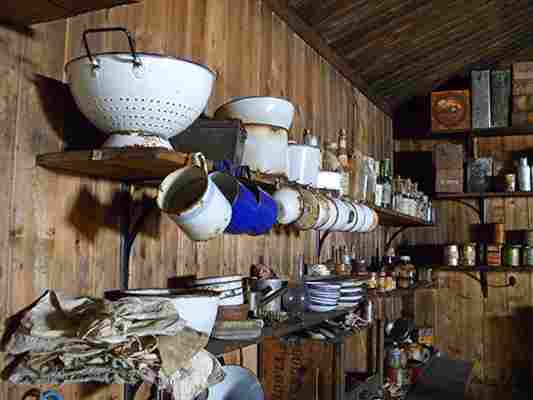During the “Heroic Era” of Antarctic exploration at the turn of the 20th century, some of history’s most daring explorers set foot on the expansive, isolated continent. Though others had reached Antarctica’s shores before them, explorers Robert Falcon Scott and Ernest Shackleton were among the first to build there. Three of their structures on Ross Island survive today, and after a decade of conservation work, New Zealand's Antarctic Heritage Trust has saved them from deteriorating under the continent’s harsh conditions.

Each hut is over a century old: Scott’s Discovery Hut at Hut Point was built in 1902, his Terra Nova Hut at Cape Evans in 1911, and Shackleton’s Nimrod Hut at Cape Royds in 1908. After 1917—the year Shackleton’s Ross Party departed Antarctica, ending the Heroic Era—the huts remained empty for several decades. From the ’60s through the ’80s, an expedition of volunteers from New Zealand performed a rough conservation work, patching holes and covering the huts with tarps to protect them.

The Antarctic Heritage Trust’s project comprised 62 specialists from around the world, who conserved 18,202 artifacts, such as food supplies and clothing, and repaired and weatherproofed the huts. Especially notable finds include crates of Scotch whiskey and brandy, never-before-seen photographs, and a notebook written by George Murray Levick, a member of Scott’s ill-fated Terra Nova expedition. The Antarctic Heritage Trust will continue to maintain the three huts and is looking to conserve a fourth: Carsten Borchgrevink’s 1899 hut at Cape Adare in Northern Victoria Land—the very first structure built in Antarctica.
For more information visit nzahrg.
